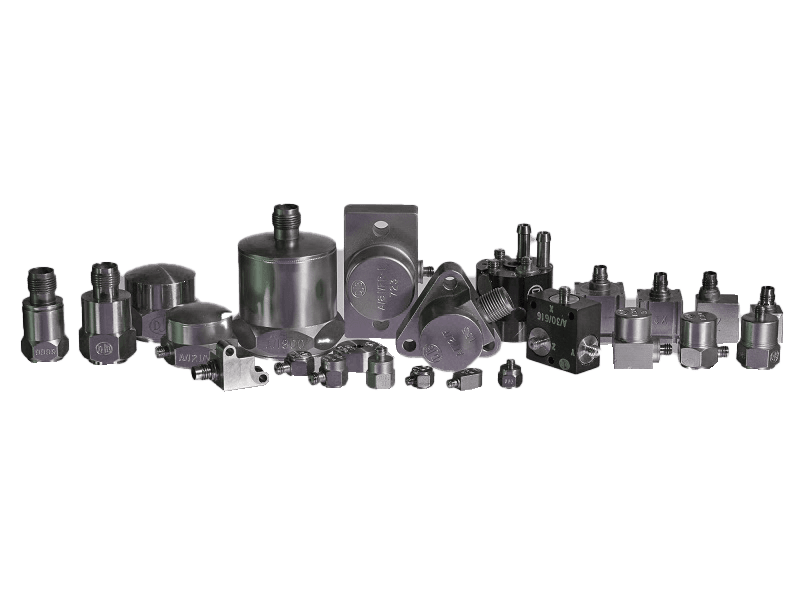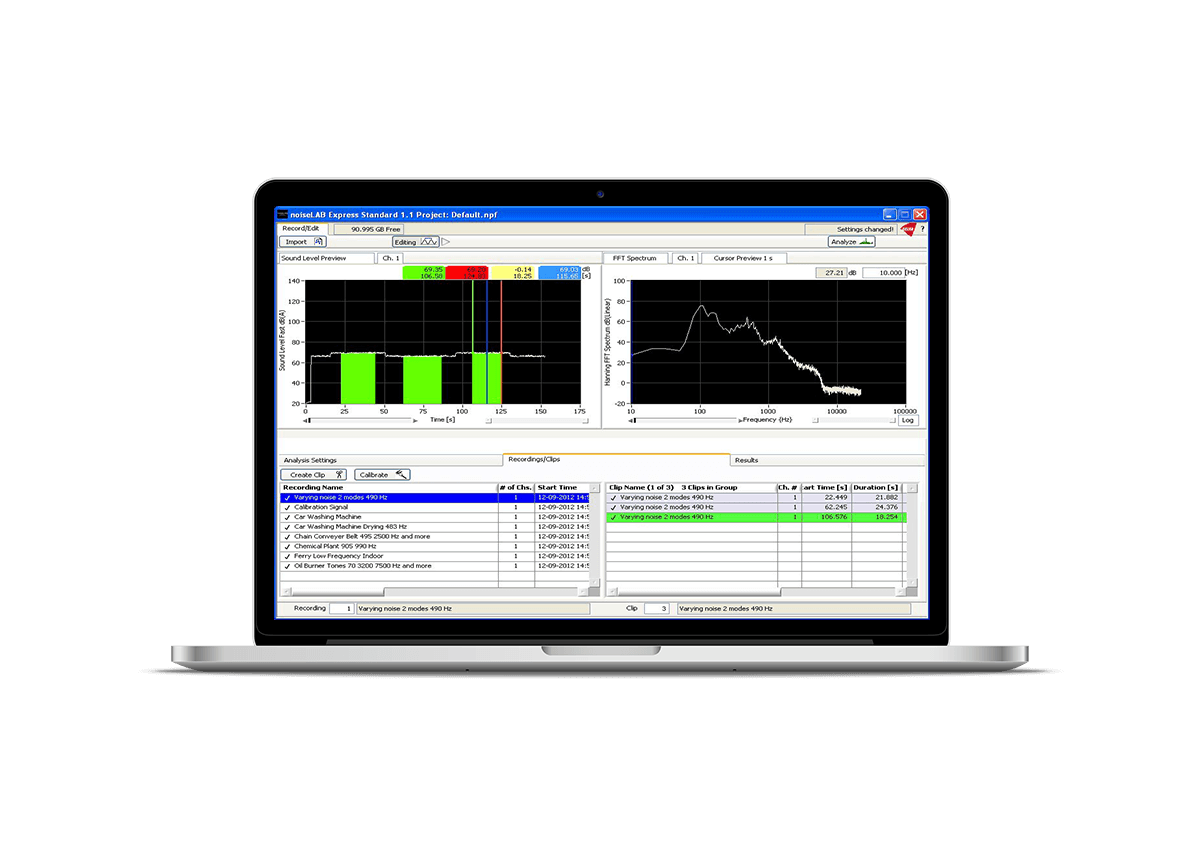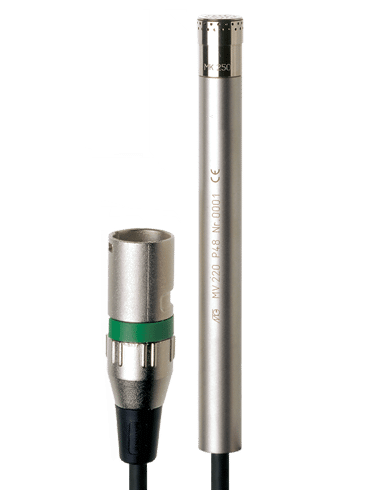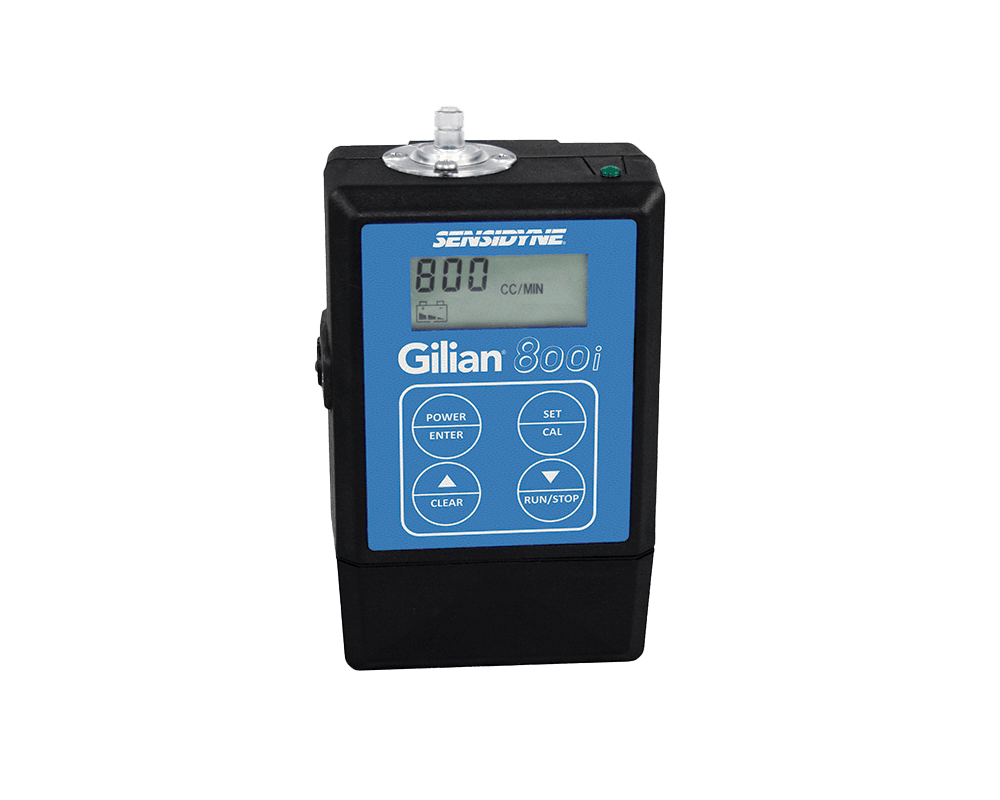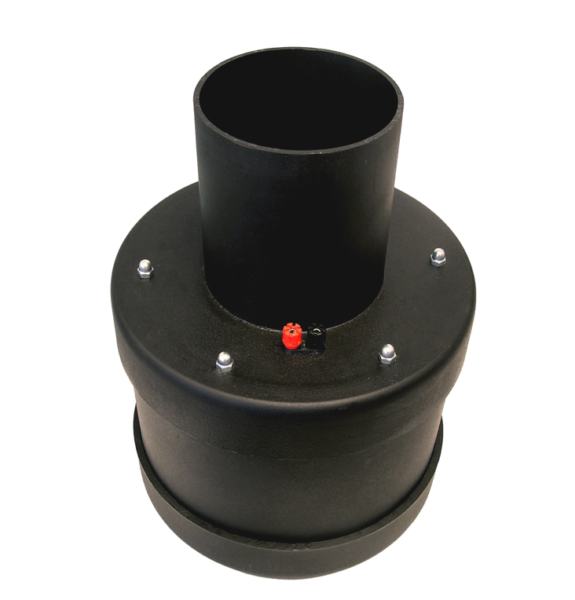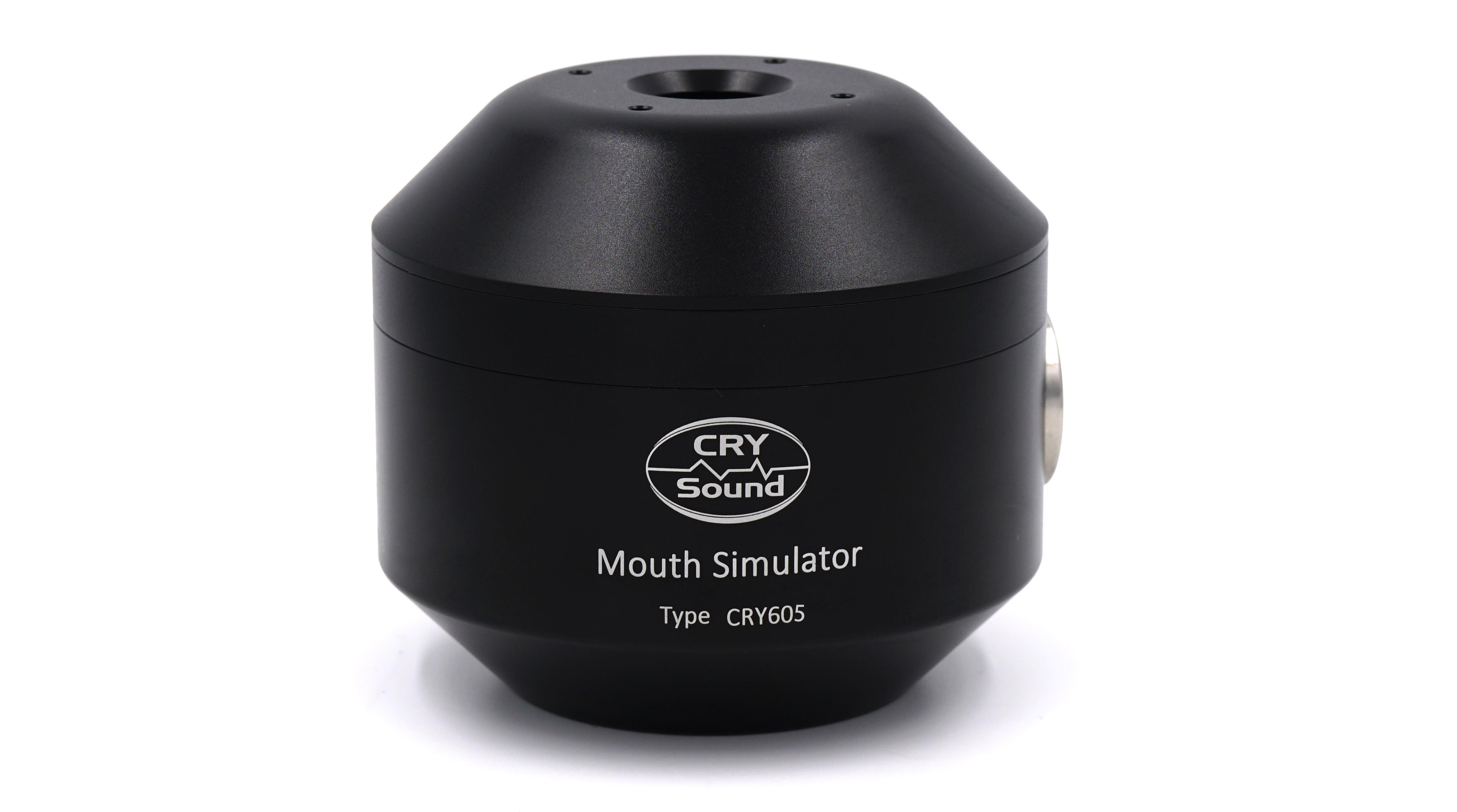Since the country locked down in March, questions have arisen regarding calibration of instrumentation, either in the laboratory or in the field, and the implications of extended periods outside the recommended calibration intervals.
When noise monitoring equipment is installed on site, it will be as the result of a planning condition, for example, which will stipulate minimum performance requirements for instrumentation. Reference will be made to procedural standards such as BS 4142:2014+A1:2019 or BS 5228-1:2009 + A1:2014.
Typical recommendations for calibration will be 24 month intervals for the monitors, and 12 months for the associated calibrator.
So, what if you can’t fulfil those intervals, either because the site is closed, or the calibration laboratories are closed? In the latter case, many laboratories have managed to stay open, but that still assumes you can get the equipment off site in the first place.
One approach is to learn from example – the Government takes a sensible approach to MOT testing of vehicles, where, while MOT test centres are closed, an extension is granted on the existing certificate. Although noise measurement is rarely safety-critical, such an extension could be granted by the site authority if it was felt necessary.
But what about the data? Is it still valid? What are the increased uncertainties (if any)? What if, when you finally get on site, the instrumentation has drifted outside acceptable tolerances?
There is no alternative to calibration
Many consider this is addressed by remote calibration systems, where a signal (electrical or otherwise) is injected into the instrument to ensure nothing has changed. It is important to ensure nothing has changed. It’s important to know that this is not a calibration. This is a check to see if you have an acceptable response. However, this could be used to see if there is any ongoing drift or damage, and flag data from the time of any changes.
Background data could also be used to make a wet finger calculation about any changes; LA90,T would be relatively stable in urban environments, although the massive reduction in traffic after lockdown could have completely changed that assumption! Similarly, if you have multiple monitors on the same site, the data could be cross-referenced between measuring points.
But ultimately, there is no alternative to calibration, so when you finally have access to your equipment, check the calibration carefully, and use that information to inform your assessment of uncertainties during the lockdown period.
As with MOT, any changes in calibration period should be treated as exceptional. One would hope that we don’t see another pandemic event on this scale, so we should revert to tried and trusted calibration periods after lockdown ends.
AcSoft performs calibration on sound & vibration instrumentation and transducers at its dedicated laboratory. Contact us, or call 01234 639550 to book your calibration.
